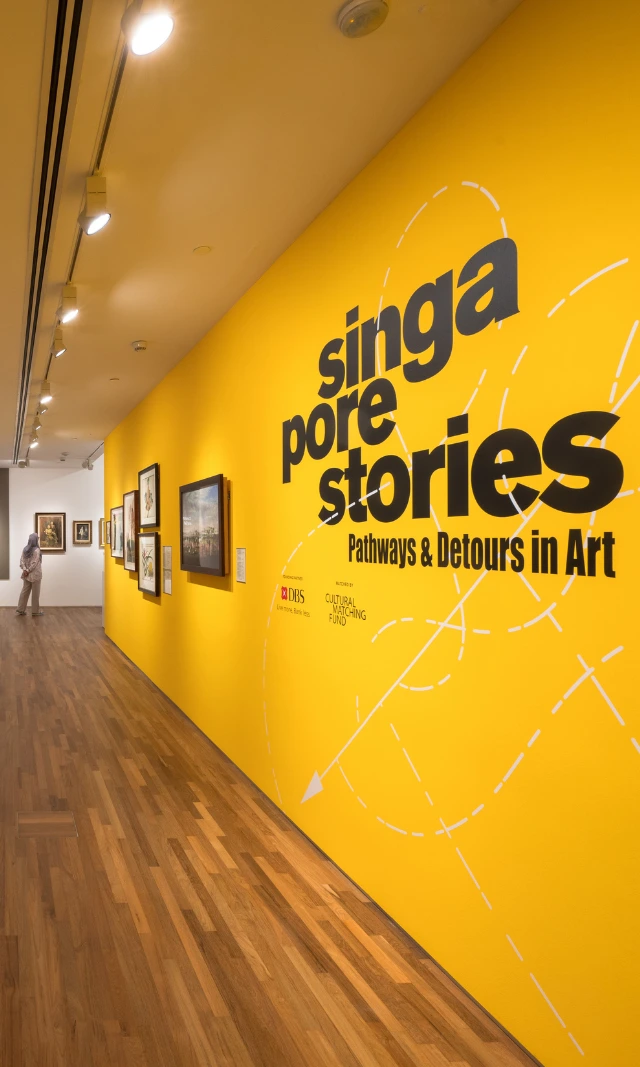Stop 12
Aboriginal Communities and Batik
4012.Aboriginal Communities and Batik(0:00)
0:00
0:00
In the 1970s, a surprising exchange of cultural knowledge took place when batik, an art form which originates in Southeast Asia, was introduced to women in a number of Central Desert Communities. Aboriginal batik makers emerged and began interacting with artists in Indonesia. Using batik techniques similar to those practised in Southeast Asia, each Aboriginal Community developed its own characteristic batik style. Later, a long-term collaboration was set up between these Communities and the Brahma Tirta Sari studio, based in Yogyakarta in Indonesia. Works produced with this studio often feature a layering of motifs from both cultures while using traditional methods, like batik stamps.
Tjunkaya Tapaya’s batik paintings are an example of how this cross-cultural exchange has flourished. Her works use rich, intense colours and floriate forms in a style that is typical of the Community based at Pukatja/Ernabella, a Community in South Australia. The batiks from this Community feature walka: loose, hand-drawn marks adapted from the practice of sand drawing that depict stories or features of the surrounding Country.
You can compare the designs from Pukatja/Ernabella to the more freeform, expressive quality of batiks made in Urapuntja/Utopia in the Central Desert, and the bold, graphic style of batik artists of the Tiwi Islands in the Northern Territory, shown nearby.










